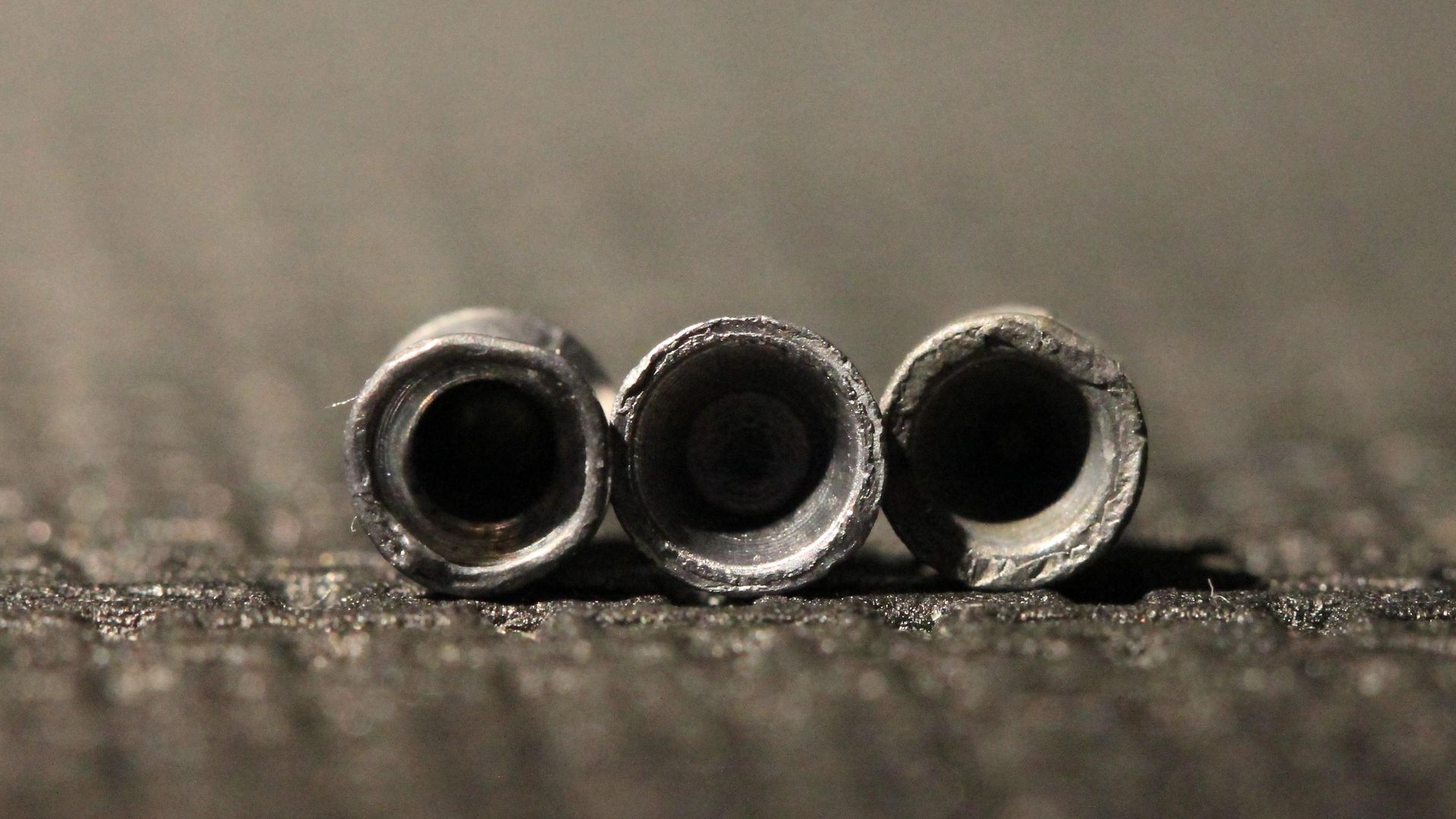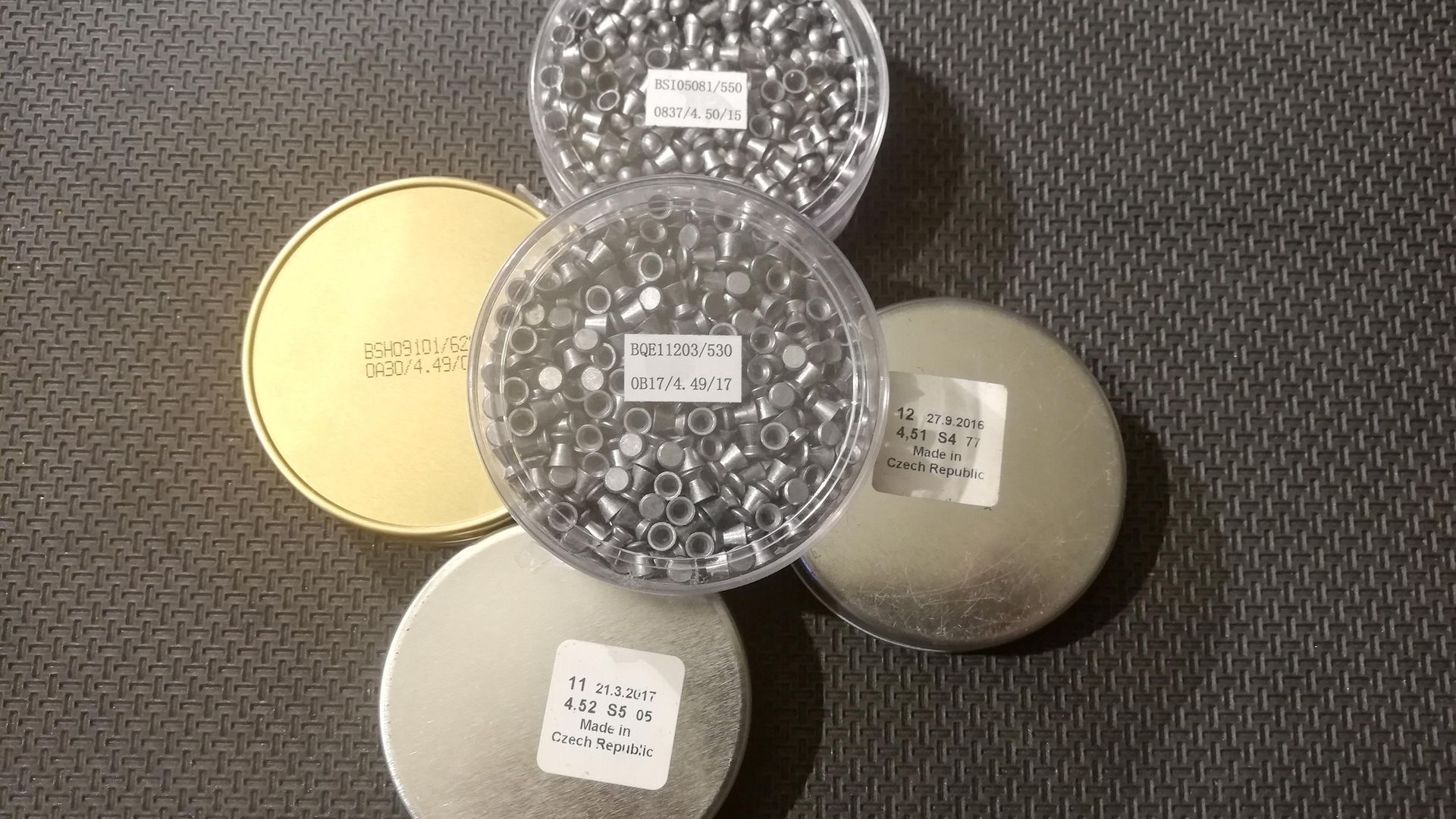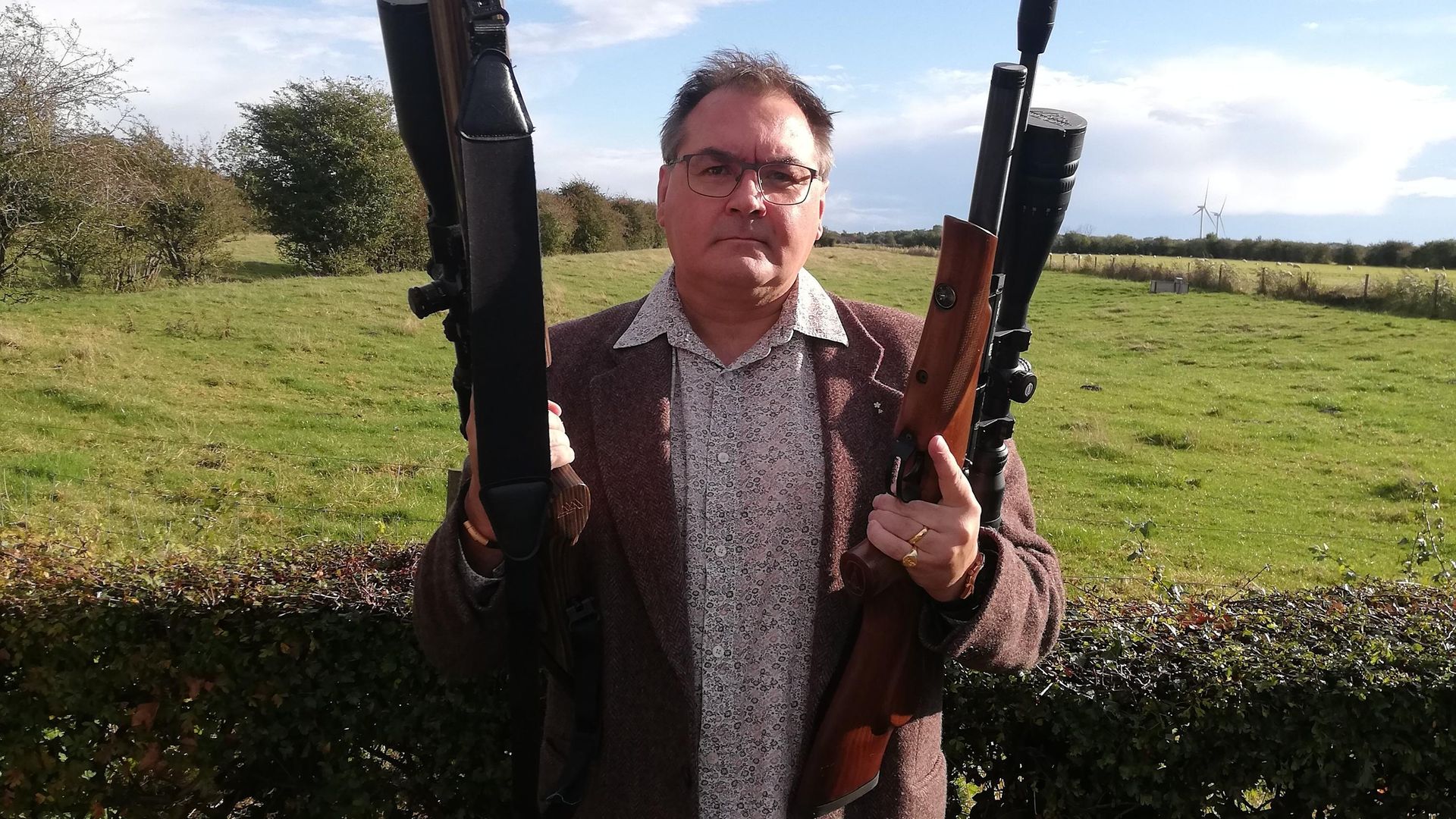Gary Wain attempts to answer one of the biggest questions of them all - how to choose the best pellet for your airgun for maximum accuracy...
I’ve been looking a lot lately at the various factors that can affect airgun accuracy, and I’ve learned quite a few lessons along the way. What I haven’t yet done, though, is to have a look at what might be the single biggest factor – aside from the airgun and the shooter – and that’s the choice of the actual pellet. Whether you’re a seasoned pro, or a beginner, most of you will already know that there is a simply bewildering choice of pellets on the market.
Depending on your level of knowledge and experience, your understanding of their strengths and weaknesses may vary, so what I aim to do this month is guide you through the various designs, and then look at what else can be done to improve accuracy and consistency once the actual pellet type has been selected.
At this point I’m tempted to prattle on about coefficient of form, sectional density and ballistic coefficient, but don’t worry, you’re safe this month because I’m just going to talk pure pellets, for once, and leave the physics out of it – well, I’ll try to, anyway. So, in no particular order, I present a basic guide to pellet selection.
 credit: Archant
credit: Archant
TYPES OF PELLETS & WHAT THEY'RE USED FOR
Domed pellets
These are the most popular pellets on the market, and with good reason. They are very accurate at all ranges, and offer reasonable, but not fantastic ballistic results. Pellet manufacturers tend to spend most of their R&D budgets on domed pellets, and it shows. They are also the preferred pellet type for FT and HFT competitors. I have always found the Air Arms Diabolo Field to be consistently accurate, but it has recently been rivalled by the QYS Streamlined Heavy. Of course, I recognise that there are hundreds of brands of domed pellets on the market, and that what works well for me, or your mate in his airgun, might not work as well in yours.
Pointed pellets (single piece)
These pellets are made from a single cast of material, usually lead, and are designed to give superior penetration. They are generally less accurate than domed pellets and some wadcutters, and can be prone to over-penetration, with little ballistic damage being inflicted. Some users feel they are of use when shooting larger carrion, particularly if the shot falls low from the intended headshot and lands in the ‘root of wing’ area. Some of the longer varieties might not fit in rotary magazines.
Pointed pellets (two-piece)
Two-piece pointed pellets resemble the single-piece type, but have a pointed section that is designed to break away on impact, offering up a cupped or hollow-point body of the main lead section. The tip is typically made of a metal alloy or plastic. With a few notable exceptions, in use they are as accurate as the single-piece pointed pellets, but offer greater ballistic damage. Some of the longer varieties might not fit in rotary magazines.
Wadcutters
Flat-nosed or wadcutter pellets are primarily used for match target shooting. They have a flat front face and so give a clean, crisp hole in a paper target. By virtue of their coefficient of form, they also impart a great deal of energy into live quarry. Their shape makes them inaccurate over distance, but they are of particular use in short-range vermin control. As an ex-match target shooter, wadcutter pellets have always been close to my heart. When it comes to field shooting and vermin control, though,, their stunning stopping power is vastly overshadowed by their inaccuracy over 15m, or so. As always, there are a few exceptions to this and I’ve recently been very impressed with the QYS ‘training grade’ wadcutters.
Hollow-point pellets
Hollow-point pellets offer huge ballistic damage to the target material by virtue of their design, which enables them to expand on impact and so slow down quickly surrendering massive amounts of energy. They tend to offer the most ballistic damage of any of the pellets tested. Like wadcutters, their biggest weakness is accuracy. There are many different designs on the market, some being more accurate than others.
Semi-hollow-point and modified domed pellets
These pellets typically tend to walk the line somewhere between the domed pellet and the hollow-point pellet. They are usually of a domed design that has had alterations to the domed surface, intended to cause an expansion of the pellet on impact, whilst maximising in flight accuracy. An example of this can be seen in the JSB Hades. As someone who has been testing pellets for nearly five years now, I think the biggest opportunity for pellet manufacturers lies in making this style of pellet as accurate as a domed pellet.
Non-lead pellets
With environmental concerns gathering momentum, there is increasing pressure on the industry to produce pellets that are not made of lead. These pellets might take the form of any of those listed above, but to date, I have yet to see any that are worthy of serious consideration. Rest assured, though, that as pressure mounts, this is an area that will see benefit from increased investment into research and development. For now, though, it’s on the back burner.
Sabots
A sabot is a device that contains a projectile smaller than the calibre of the barrel. The sabot fills the full circumference of the barrel, but is discarded as the projectile leaves the barrel, enabling the smaller projectile to move forward with higher energy levels. There’s really only been one major type of pellet in this category, which is the ‘Sussex Sabo’. I was lucky enough to get my hands on some these a while back, and enamoured as I was of them, having shot them, I can now understand why they disappeared from the marketplace.
Slugs
The main difference between slugs and nearly all other airgun pellets is that they do not have a skirt. Instead, they resemble a .22 rimfire bullet, and as a result of the increased amount of lead, they tend to weigh a lot more, resulting in them being favoured by those that shoot FAC-rated airguns. The notable exception here is the Precision Ballistics’ Mako, which if you haven’t tried it, is well worth a look. Be warned though, they’re not cheap.
 credit: Archant
credit: Archant
SELECTING THE BEST PELLET SIZE FOR YOUR AIRGUN
Having selected the type of pellet that best suites the job in hand, the next stage is to determine which size is best for you. No, I don’t mean .177 or .22 – I mean which pellet size within those calibre ranges. For those of you wondering what in the name of Holy Bob I’m banging on about, what I’m actually alluding to is that many pellets are available in a range of sizes based around the stated calibre.
For example, in metric terms, a .177 pellet is 4.50mm, but that’s not the only size in which a .177 pellet can be purchased. Very often, 4.48mm, 4.49mm, 4.50mm, 4.51mm and 4.52mm are also available – the same being true of pellets based on the .22 or 5.50mm metric.
This choice of fine-tuned size is mainly limited to domed pellets and wadcutters; in fact, one of the easiest ways to determine whether you’re buying a good quality pellet or not, is to see if it’s available in a range of sizes.
 credit: Archant
credit: Archant
VARIABLES
There are hundreds of variables to consider in determining why a particular rifle should prefer a particular type of pellet, and a particular size of pellet of that type. The general message here is to select a pellet to best suits your needs, and then spend time trying pellets of that design type from several manufacturers.
Following that, and depending on how far you want to take things, you can also experiment with the varying pellet sizes available in each calibre, to find the one that works best with your airgun.
It might be that an older, worn barrel prefers a larger pellet with a thinner skirt to help it better grip the lands, but by the same token, a newer airgun could have a barrel with a tolerance that also prefers a lager pellet with a thinner skirt, or a smaller pellet with a thicker skirt. The only real way to find out, is to get out there and get testing.
FINALLY...
If you’re a little put off by the thought of forking out over a tenner for a tin of pellets that might not be any good, there are cheaper options available; perhaps trade some pellets with mates, or fellow shooters at your club, or failing that, avail yourself of one of the many suppliers who offer selection packs specifically intended to enable the shooter to find the pellet that works best for them.
In the New Year I hope to return to testing some of the various pellets on the market, which should narrow things down a little for you, or at the very least, separate the wheat from the chaff, to help you to find the pellet that’s perfect for you.
I’m yet to find the perfect pellet, but I am getting closer!